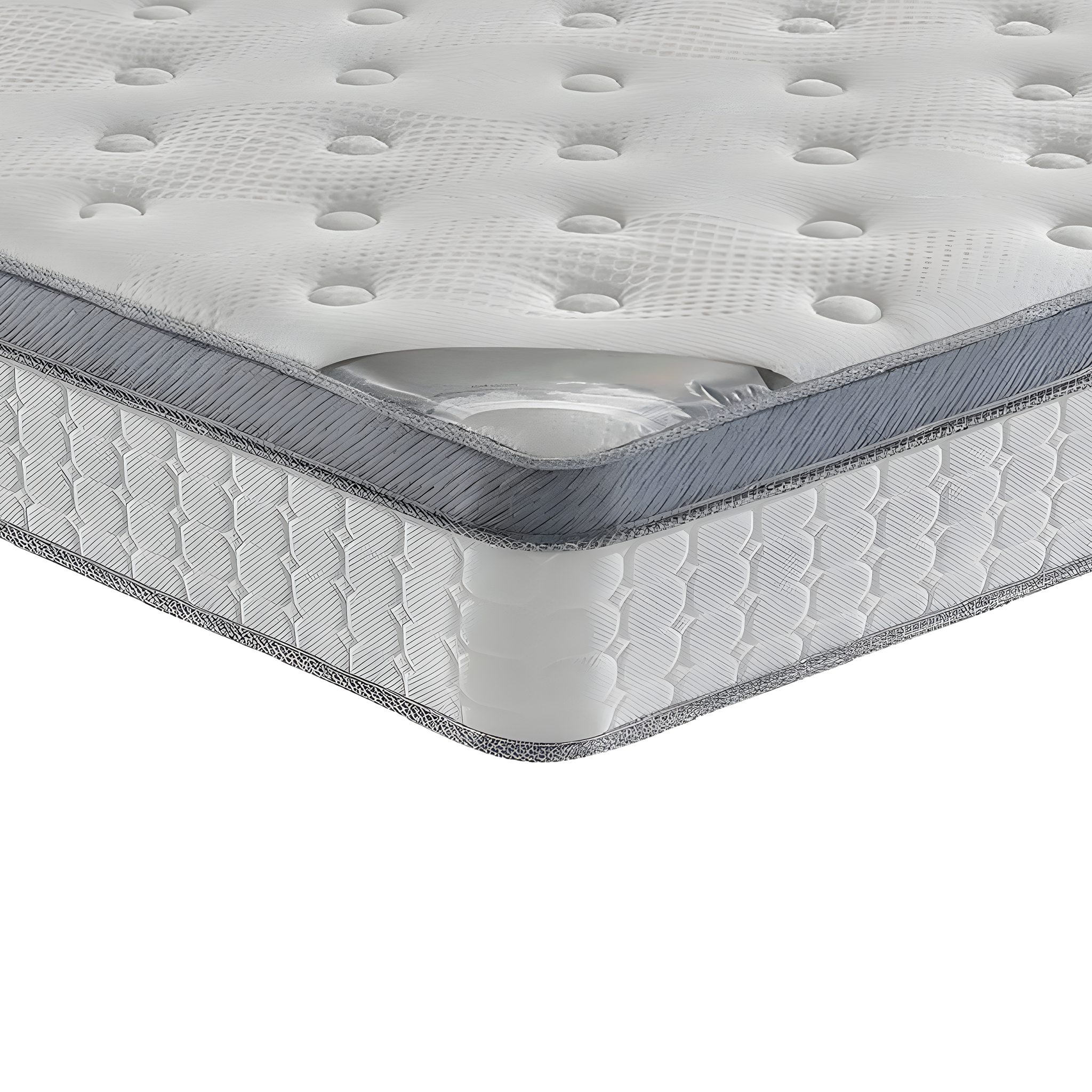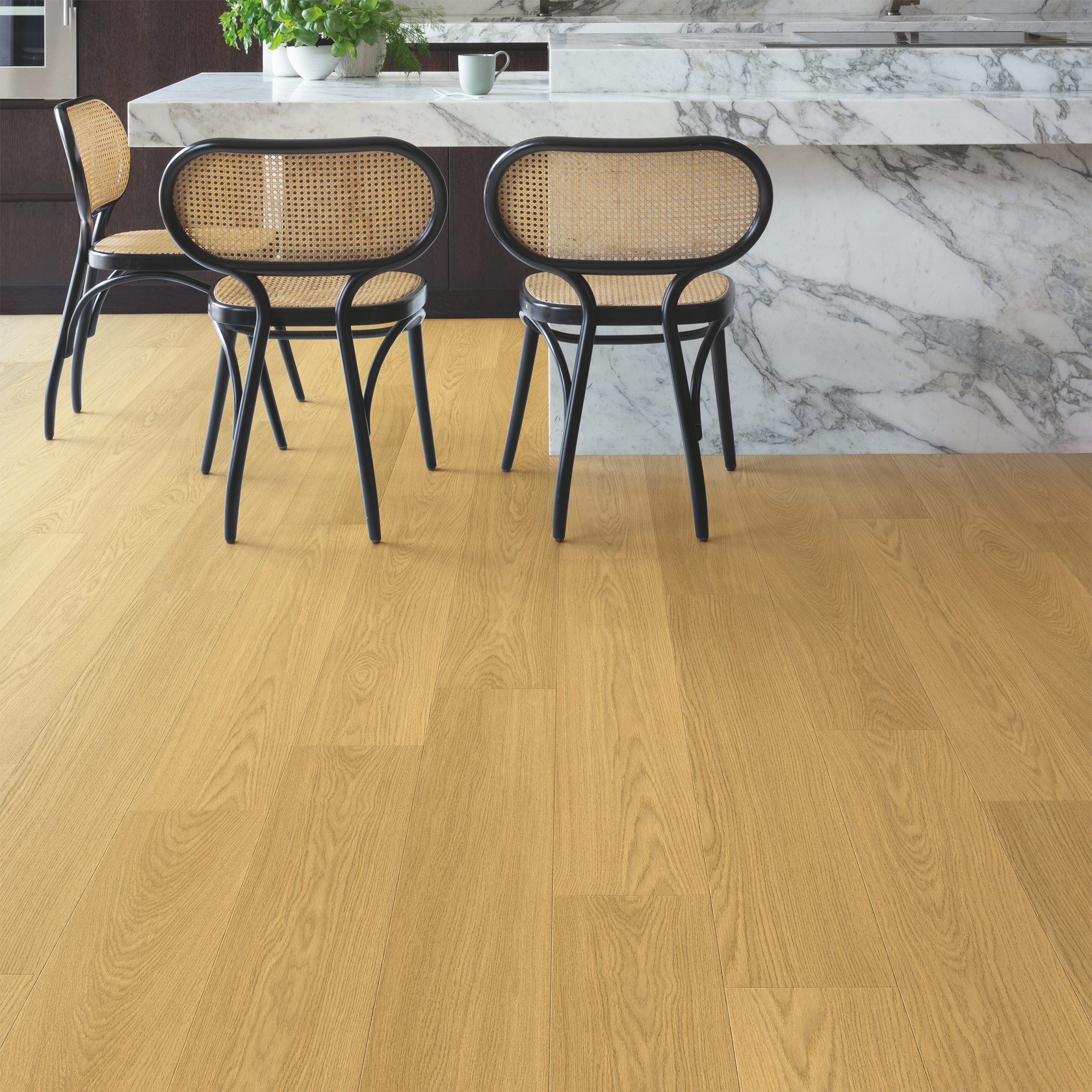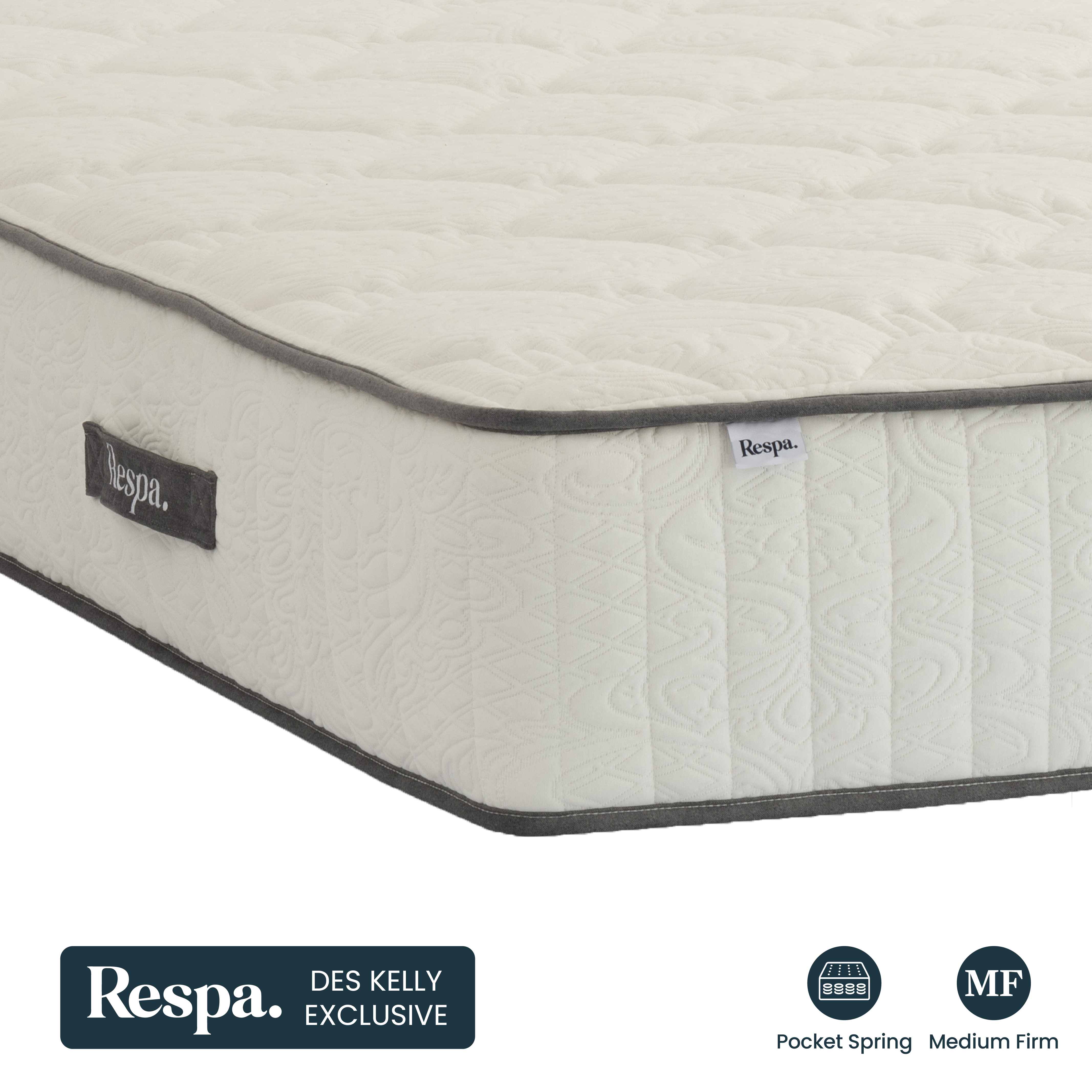
How to Clean Your Wooden Floor in 5 Easy Steps
Having a well-cleaned wooden floor not only enhances your home’s appearance but also prolongs the life of the wood by preventing scratches and damage. Cleaning your wooden floor has never been easier with our five-step routine. Following these five easy steps makes cleaning your wooden floors manageable and ensures thorough results without requiring complex tools or methods. If you maintain a consistent cleaning routine your wooden floors will remain looking polished and it avoids dust and dirt being built up over time. This guide will walk you through essential tools like microfiber mops and gentle cleaning solutions tailored specifically for wooden floors. We have designed this five-step guide to be quick, efficient and easy to incorporate into any cleaning routine, providing professional results at home.

How Often Should You Clean Wooden Floors?
Having a regular cleaning routine is essential to help keep your wooden floors looking fresh. Regular dusting is important to prevent scratches from dirt and debris on wooden floors. We recommend weekly vacuuming, which removes dirt and dust, especially in high-traffic areas. Your wooden floors should be mopped with a damp (not wet) mop once a month to maintain the floor's shine and cleanliness. Spot clean when necessary for spills to avoid permanent staining or moisture damage to the wood. A seasonal deep clean is recommended to remove accumulated grime and refresh the floor’s appearance.
Preparing Your Floors for Cleaning
Before you begin to clean your floors, start by removing furniture and rugs from the area to ensure an unobstructed cleaning process. Before starting a deep clean, sweep or vacuum first to remove surface dust and debris. In preparation for cleaning check the floor's condition for any damage or loose boards that might need to be repaired before cleaning. Using gentle cleaners appropriate for wood will avoid harming the floor’s finish. Lastly, we recommend protecting baseboards and walls by placing protective covers or using gentle cleaning tools near the edge.
Gather the Materials Needed
Using the right materials is essential when cleaning your wooden floors to avoid any damage.
- Use a microfiber mop to avoid scratching and ensure gentle cleaning on wood surfaces.
- For corners and edges where dust can accumulate use a soft-bristled brush.
- Use mild soap or wood floor cleaner that’s safe for wood finishes to preserve the floor’s quality.
- Use a bucket for warm water mixed with the cleaner for easy and consistent application.
- When finishing use a dry cloth or mop, ensuring no excess moisture remains on the floor.

How to Deep Clean Your Wooden Floors
1. Vacuum Your Floors
The first step to cleaning your wooden floors is vacuuming as this removes loose dirt and dust before mopping. To avoid scratching the wood’s surface use a soft brush attachment. When vacuuming ensure to get the corners and along the edges as dust often accumulates in these areas. In high-traffic areas like the hall and living room, we recommended vacuuming twice for a thorough clean. Weekly vacuuming is important as it prevents dirt from embedding into the wood.
2. Mix Warm Water with Soap
After vacuuming, mix lukewarm water with soap into a bucket. Using lukewarm water prevents the wood from damaging as water too hot can cause the wood to warp. Add a mild soap specifically formulated for wood floors to maintain the finish. Ensure to read the product instructions for proper dilution and to avoid leaving residue. Before mopping test the solution on a small area to ensure the product is compatible with your floor. Throughout cleaning change the water if it gets dirty to avoid spreading grime across the floor.

3. Use Microfiber Mop
Microfiber mops are our top choice for cleaning wooden floors because they combine gentleness and efficiency in trapping dirt. Before mopping ensure to wring out the mop to remove excess water so it doesn’t seep into the wood. When mopping move in the direction of the grain for a streak-free, polished look. To maintain your floor's finish we advise using a separate mop for your wooden floors to avoid cross-contamination with harsh chemicals and cleaners. This also avoids dirt and grime transfer. Using a clean mop head is vital when cleaning to avoid scratching the floors with dirt particles.
4. Mop Your Floors
When cleaning, we recommend mopping in sections to avoid letting water sit on the floor for too long. When mopping move in the direction of the grain for a streak-free, polished look. Use light strokes when mopping as this helps prevent excess moisture seeping into the wood. While mopping regularly rinse out the mop to prevent spreading dirt. After cleaning each section of the floor check for streaks and smudges to ensure even cleaning.
5. Go Over Your Floors With a Dry Mop
After mopping it is crucial to dry the floor immediately to prevent water damage. Using a clean, dry microfiber mop will give you the best results and avoid scratching your floor. We suggest at the end of cleaning go over the entire floor again with a dry mop to ensure no moisture is left behind. A dry mop finish is a must when cleaning your wooden floors as it will leave them streak-free and polished. If any streaks are left behind after going over the floor with a dry mop, use circular motions to remove them, giving the floor a smooth finish.

How to Get Tough Stains out of Wooden Floors?
Removing Paint Stains
If you need to get rid of paint stains from your wooden floors a plastic scraper is your best option as it's both effective and gentle on wood surfaces. Before you begin scraping start by softening the paint with a damp cloth. This two-step approach keeps your wooden floors safe while effectively removing unwanted paint. If dried paint leaves behind any residue after scraping, mineral spirits can be a great solution to provide a clean finish. We suggest testing the mineral spirits on a small area first to ensure they won’t damage or discolour the floor. Use a gentle technique when removing the paint to avoid damaging the floor's finish. Avoid using harsh solvents as they can strip the wood's finish and cause discolouration.
Removing Wax
Removing wax from wooden floors requires care to ensure the wood’s finish isn’t damaged. Before attempting to remove wax we recommend using a hair dryer to soften the wax. Set the hair dryer to a low heat setting and warm the wax until it softens. After use a plastic scraper or credit card to lift the softened wax gently. If there is any lingering wax residue apply a small amount of mineral oil to remove it. It is important to buff the area with a clean cloth after removing the wax to restore the floor's shine. Finally, apply a wood floor cleaner afterwards to ensure a clean, residue-free surface.
How to Remove Scuff Marks
There are a few different ways to remove scuff marks depending on how tough the stain is. A tennis ball is an effective tool for removing scuff marks. Use the ball to gently rub the scuff mark in a circular motion. The scuff should lift off the surface with minimal effort. For tougher scuffs, use a mild abrasive like baking soda mixed with water. For small scuff marks a clean eraser or pencil eraser can lift marks without scratching the floor, making them ideal for small or isolated marks that don’t require extensive cleaning. After removing scuff marks, wipe the area with a damp cloth to remove any residue. Follow up with a wood polish to restore the floor’s shine and finish.

Should You Steam Clean Your Wooden Floors?
We generally don’t recommend steam cleaning wooden floors as there’s a risk that the steam can cause the floor to warp or damage over time. Wooden floors are highly sensitive to moisture, especially for untreated or unsealed floors. A safer alternative to steam cleaning is using a damp mop, which will also give a thorough clean without excess moisture. To maintain your floor always check the manufacturer’s recommendations, especially if you're considering steam cleaning. Overall we recommend avoiding steam-cleaning as it can reduce the life-span of your wooden floor, even if the floor is sealed.
How to Maintain Your Harwood Floors
There are many precautions and steps you can take to help maintain the appearance and integrity of your wooden floors:
- Having a weekly cleaning routine: regularly dust and vacuum your floors to prevent scratches from dirt and debris.
- Using entrance mats: placing mats at doorways can reduce the amount of dirt and moisture tracked onto your floors, preserving their finish.
- Furniture pads: applying pads under furniture legs helps to prevent dents and scratches when moving items.
- Prompt spill cleanup: immediately wiping up spills prevents stains and potential water damage to your hardwood floors.
- Consulting the experts: for specific maintenance products and techniques seek professional advice from the flooring experts.

Explore Wooden Floor Options with Des Kelly Interiors
Here at Des Kelly Interiors, we have 50+ years of experience in flooring and have an extensive range of engineered flooring options which you can view online or in-store. Our engineered flooring offers a natural wood look combined with added resilience, ideal for modern and busy homes. We have a wide selection of solid hardwood options available, offering classic elegance and a variety of finishes for timeless style. Other great alternatives to wood flooring are laminate and vinyl. Laminate flooring is a lot easier to maintain while providing a wood-inspired appearance that’s both durable and affordable. Vinyl wood-effect floors are a fantastic alternative to traditional wood flooring, offering a versatile, durable, and moisture-resistant option that is perfect for a wide range of areas in the home. If you want to create a distinctive look in your home parquet style flooring adds character and depth with its decorative patterns that complement both contemporary and traditional décor. If you are considering getting new floors we also offer a free home consultation where we will bring our showroom to you and help you select the best flooring for your home. Contact us today to find your perfect flooring.

















